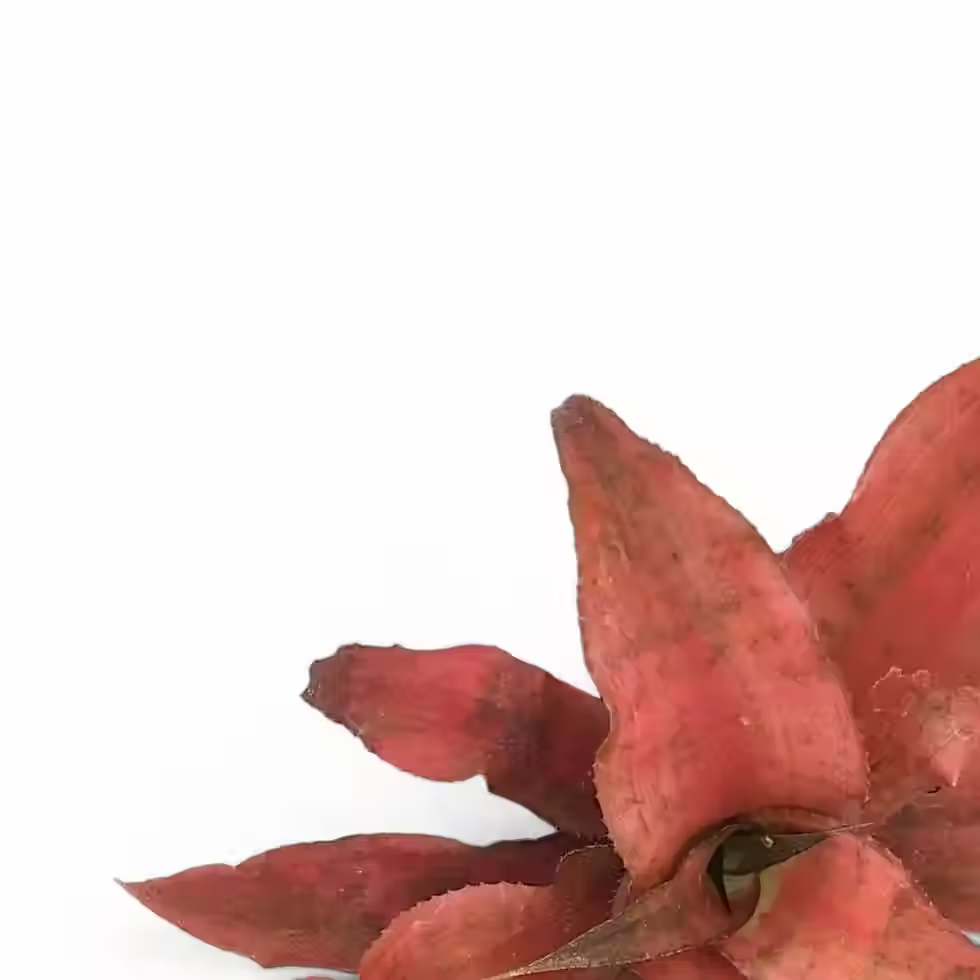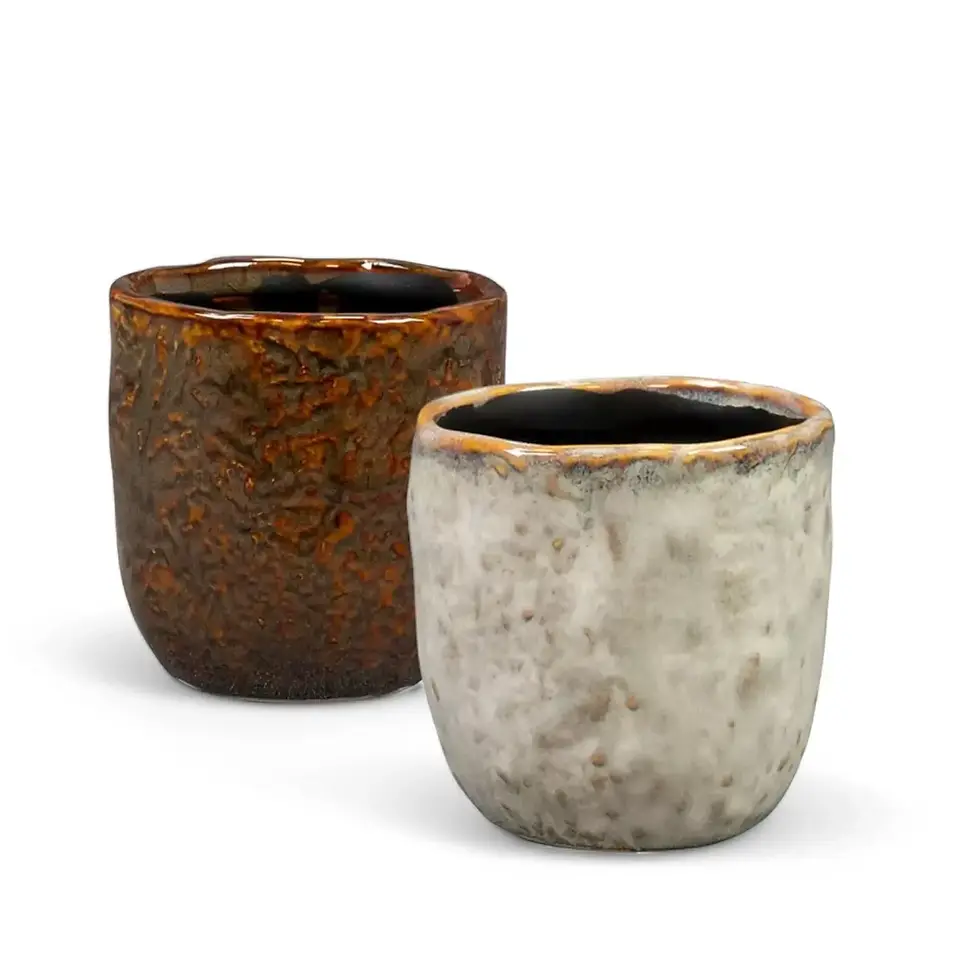Alocasia venusta - Care Instructions and Detailed Insights
Alocasia venusta stands out as a rare and stunning houseplant with its compact size and distinctive foliage. The dark green, glossy, oblong-ovate leaves showcase a subtle bluish undertone, adding an exotic flair to any indoor collection. Each leaf is stiffly leathery and entirely peltate, giving it a structural elegance that reflects its tropical origins. Native to the limestone terrains of northern Sarawak, this lithophytic herb is a true conversation piece for plant lovers seeking a unique addition.
Key Features and Unique Benefits of Alocasia venusta
- Compact Dimensions: Grows up to 45 cm in height, ideal for homes with limited space.
- Exceptional Foliage: Features glossy, dark green leaves with a bluish undertone that stand out in any setting.
- Rare and Distinctive: Highly sought after due to its limited availability and exotic appeal.
Alocasia venusta: Essential Information
- Native Habitat: Found exclusively in the Niah Caves area of northern Sarawak, Malaysia, this plant naturally grows on limestone in swamp-forest conditions at approximately 200 m altitude.
- Indoor Growth: Alocasia venusta can achieve a height of up to 45 cm with a spread of 12 cm in an indoor setting.
- Growth Pattern: Upright and compact, with condensed rhizomes that contribute to its neat appearance.
- Growth Rate: Moderate produces new leaves steadily during the growing season.
- Toxicity: Contains calcium oxalate crystals, which are toxic if ingested by pets or humans.
Alocasia venusta Care Requirements
- Placement: Place in a warm, draft-free environment with consistent humidity. Avoid sudden temperature fluctuations or exposure to cold drafts.
- Light: Thrives in bright, indirect light. Shield from direct sunlight to prevent leaf scorching.
- Watering: Maintain consistent soil moisture without waterlogging. Allow the top 2-3 cm of soil to dry slightly between waterings to avoid root rot.
- Humidity: Prefers high humidity levels of 60%-70%. Enhance humidity with a humidifier or by grouping plants. Closed terrariums can also be used for optimal conditions.
- Temperature: Ideal indoor temperatures range from 18°C to 26°C. Keep away from temperatures below 15°C to ensure healthy growth.
- Soil: Use a well-draining potting mix enriched with organic matter. Incorporate materials like perlite, and orchid bark, and add crushed limestone to emulate its natural habitat.
- Repotting and Pot Choice: Repot every 1-2 years or when roots become bound. Look for roots growing out of drainage holes or compacted soil as signs. Always use pots with drainage holes.
- Fertilizing: Feed Alocasia venusta monthly during the growing season with a balanced liquid fertilizer diluted to half strength. Opt for fertilizers with a 10-10-10 NPK ratio to promote balanced growth.
- Propagation: Divide the rhizomes during repotting to propagate. Ensure each division has healthy roots and shoots for successful growth.
- Semi- and Hydroponics: Adaptable to semi-hydroponics using inert growing media. Maintain proper nutrient levels and aeration for hydroponic success.
- Pruning: Trim yellowing or damaged leaves with sterilized tools to encourage fresh growth and prevent disease.
Potential Issues with Alocasia venusta and Effective Solutions
- Pests: Spider mites, mealybugs, and aphids: Inspect leaves regularly and wipe with a damp cloth or microfiber dusting gloves for plants. Treat infestations promptly with neem oil or insecticidal soap.
- Root Rot: Overwatering or poor drainage causes root rot. Address by reducing watering frequency and ensuring the pot has adequate drainage.
- Leaf Discoloration:
- Yellowing leaves: May indicate overwatering or nutrient deficiency.
- Browning tips: Low humidity is often the cause increase ambient moisture.
- Drooping leaves: Caused by inconsistent watering or insufficient light. Adjust care routines accordingly.
- Fungal Issues: Powdery mildew or leaf spots: Improve air circulation and treat with a fungicide. Remove infected leaves to prevent spread.
Additional Tips for Optimal Growth
Understanding the natural limestone habitat of Alocasia venusta provides key insights for replicating its ideal indoor conditions. Adding crushed limestone to its soil mix ensures better adaptation and mimics its native environment. High humidity, consistent warmth, and a balanced watering schedule are vital for success.
Etymology
The name "venusta" originates from Latin, meaning "graceful" or "charming," a nod to its exquisite appearance. This species was first described by botanist Alistair Hay in 1998, highlighting its unique place in the Alocasia genus.
Frequently Asked Questions about Alocasia venusta
- Can Alocasia venusta tolerate low light?While it can survive in lower light conditions, its growth may slow and its foliage may lose vibrancy. Bright, indirect light is recommended.
- Is Alocasia venusta suitable for outdoor cultivation?In tropical climates, Alocasia venusta thrives outdoors in shaded areas. In temperate regions, it’s best suited for indoor growth.
- What is the best way to propagate Alocasia venusta?Division during repotting is the most effective method. Ensure each section has a healthy rhizome and roots.
Order Your Alocasia venusta Today!
Bring the rare and exotic Alocasia venusta into your home and enjoy its unique beauty and charm. Don’t miss the opportunity to own this tropical treasure!
Alocasia venusta
Alocasia venusta comes in following sizes:
S – comes in a ⌀ 10.5 cm pot and is approximately 15 cm tall
M – comes in a ⌀ 12 cm pot and is approximately 25 cm tall

























































